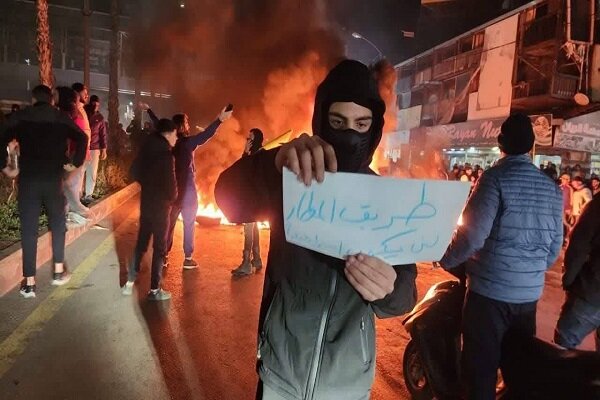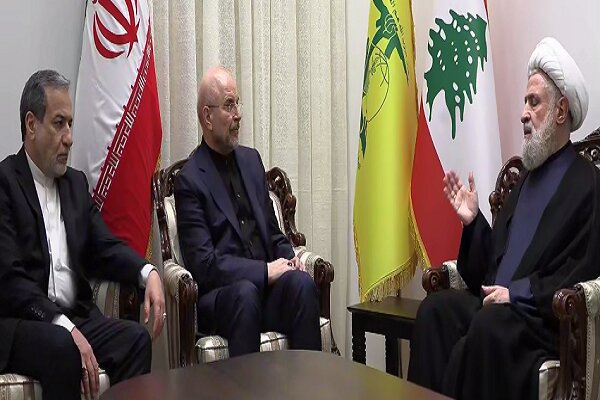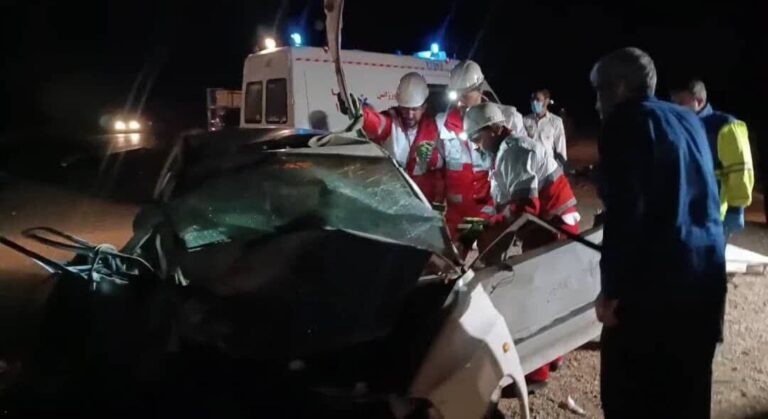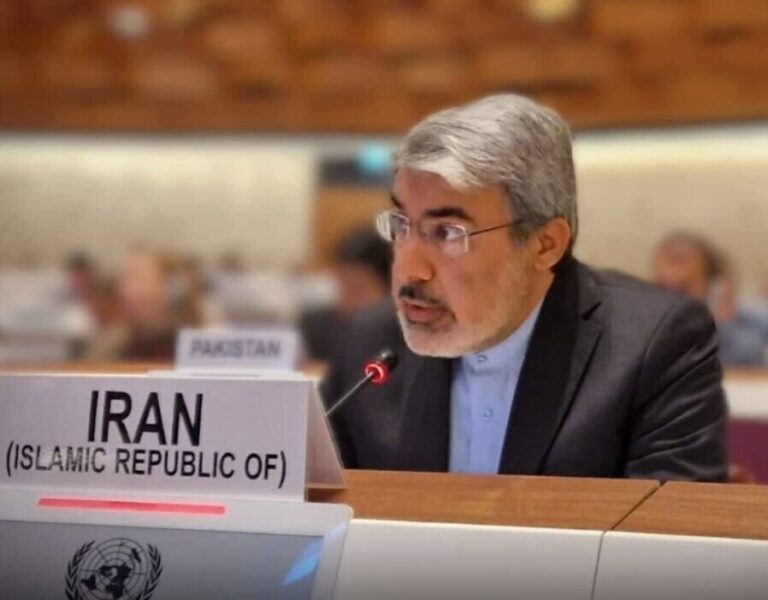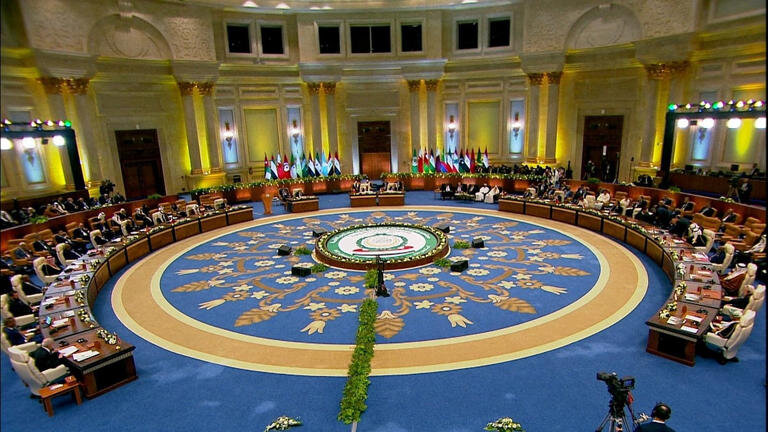Beirut Airport Access Cut Off as Iranian Plane Faces Ban: What It Means for Travelers
On Thursday, a significant protest erupted as demonstrators blocked the road leading to Beirut’s Rafic Hariri International Airport. This disruption stemmed from the airport authorities’ controversial decision to deny entry to an Iranian flight, which was carrying dozens of Lebanese passengers. The situation has raised concerns and sparked outrage among the affected individuals and the broader Lebanese community.
The protesters, visibly upset, accused the Lebanese government of bowing to pressure from the United States and Israel. Their frustration boiled over as they voiced their dissent by blocking access to the airport and chanting slogans against American and Israeli influence in Lebanon. The atmosphere became increasingly tense as clashes broke out between demonstrators and Lebanese military personnel, who were deployed to clear the roadblocks.
- Protesters are demanding that the Iranian flight be permitted to land at the airport.
- Videos circulated on social media showed Lebanese passengers stranded at Tehran’s airport.
- The flight in question was operated by Mahan Air, which had previously received authorization to land.
As the situation escalated, protesters resorted to setting tires ablaze, creating substantial roadblocks. This display of anger was fueled by the Lebanese public’s growing frustration over the government’s handling of the situation. Many Lebanese citizens are now calling for immediate government intervention to resolve the matter.
Reports indicate that the Lebanese government may take steps to address the plight of the stranded passengers. There are discussions about sending a national carrier flight to Tehran to facilitate the return of those affected by the Iranian flight’s denial of entry. This potential action aims to alleviate the concerns of families and friends waiting for their loved ones to return home.
The decision to block the Iranian flight has not only caused distress among the passengers but has also ignited a broader debate regarding Lebanon’s foreign relations and sovereignty. Many Lebanese citizens feel that their government should prioritize the interests of its citizens over external influences.
As the protests continued, the situation drew media attention, with many outlets covering the unfolding events. The incident serves as a reminder of the complexities surrounding Lebanon’s political landscape and its relationships with other nations. The protests highlight the deep-seated frustrations felt by many Lebanese regarding the perceived interference of foreign powers in their domestic affairs.
In recent years, Lebanon has faced numerous challenges, including economic hardship and political instability. The current situation at the airport is a reflection of these ongoing issues, as citizens grapple with the consequences of government decisions that appear to align with foreign interests rather than the needs of the people.
Furthermore, the incident raises questions about the future of Lebanese-Iranian relations. With Iran being a significant player in the region, the handling of this situation could have repercussions for Lebanon’s diplomatic ties. The protests and the government’s response will likely be scrutinized by both local and international observers.
As the situation develops, it is crucial for the Lebanese government to address the concerns of its citizens promptly. A failure to do so may lead to further unrest, as public sentiment continues to sway against perceived governmental ineffectiveness and foreign influence.
In conclusion, the protests at Rafic Hariri International Airport reflect a broader sentiment among the Lebanese populace regarding their government’s decisions and foreign policy. The demand for the Iranian flight to be allowed to land underscores the frustrations of citizens who feel their needs are not being prioritized. As Lebanon navigates these turbulent waters, the government’s actions in response to the protests will be critical in shaping the future of the nation.
